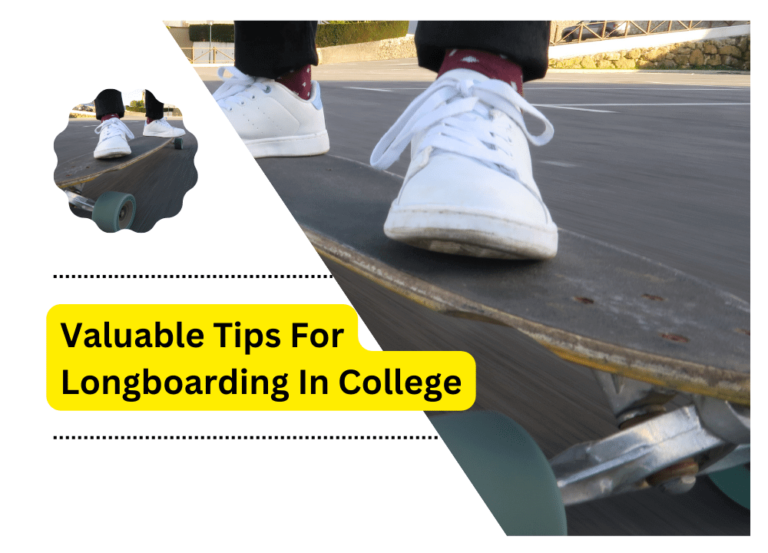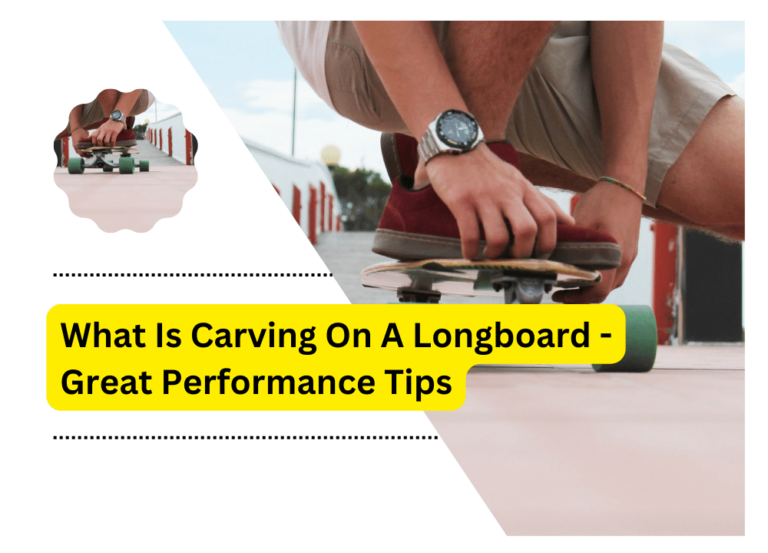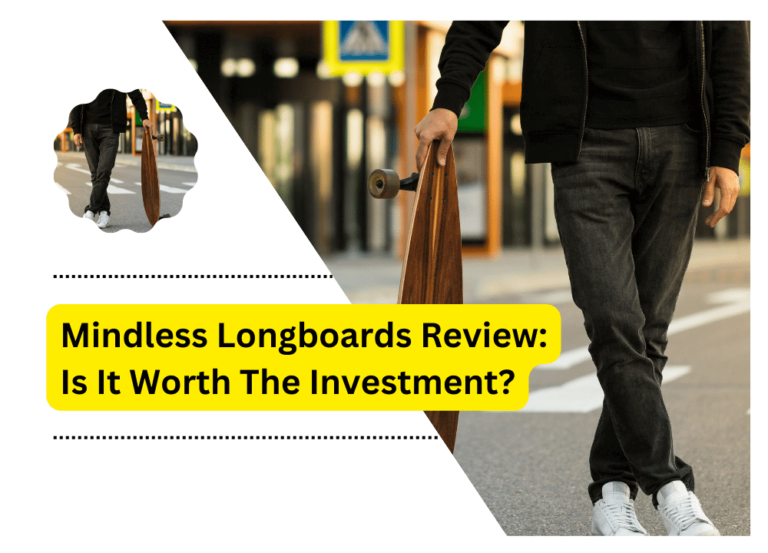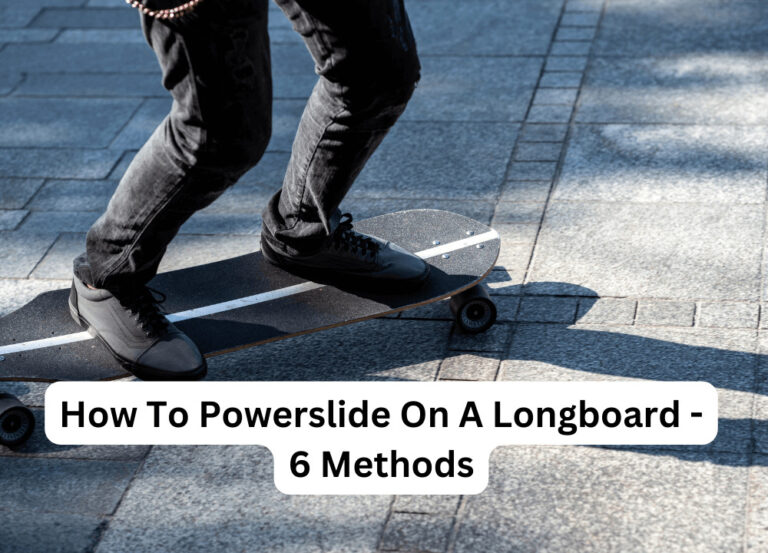Glide Like The Wind: Tips How To Make Longboard Faster
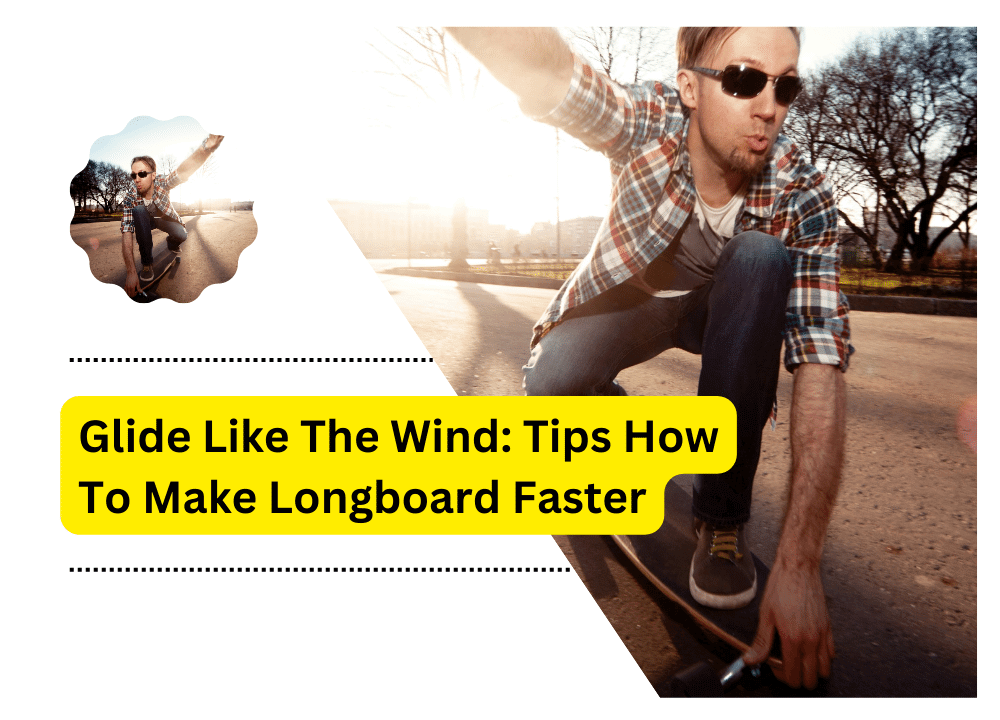
Longboarding is a thrilling sport that allows you to experience the thrill and adrenaline of carving turns and gliding down hills. Many people want to increase the speed of their longboard but don’t know where to start. Here are some tips on how to make longboard faster to get the most out of your ride!
Understanding the Factors Affecting Longboard Speed
Many factors affect the speed of your longboard. These factors include the type of board you are riding, what gear you have, and even the terrain. Understanding these factors can help you determine how to optimise your ride for the greatest speed.
Terrain
The terrain you are riding on can significantly impact the speed of your longboard. Riding on a flat surface will be slower than riding on an incline. The type of surface you are riding on can also affect speed. Smooth roads or pavement are ideal for increasing your speed. At the same time, rough terrain like dirt or gravel can slow you down.
Gear
The gear you use can make a big difference in the speed of your longboard. Different board shapes and lengths can affect how fast you go and the type of wheels and Bearings used. Higher-quality bearings will help to reduce friction and allow for a smoother ride. Having larger, softer wheels also helps to absorb shock and provide more grip, allowing you to go faster.
Riding Technique
Your riding technique can make a big difference in your speed. An efficient stance and proper weight distribution will help you to maintain balance and control while carving turns. Which will help you to gain more momentum and go faster. Learning to pump on the board is also a great way to increase your speed without pushing off with each turn.
Mastering Techniques for Increased Speed
Once you understand the factors that affect your speed, you can focus on mastering techniques that will help you learn how to make longboard faster.
Carving
Carving is a great way to increase your speed while longboarding. It involves leaning into the turns and shifting your weight from one side to the other to gain momentum. Carving is a great way to maintain control while going fast. It also helps you conserve energy so you don’t have to push off with each turn.
Pumping
Pumping is another technique that helps you increase your speed without having to push off every time. It involves shifting your weight back and forth to gain momentum and keep your speed going. Learning to pump can help you maintain control while also going faster.
Braking
Braking is an important part of longboarding. It helps you to control your speed and maintain safety. The most common way to brake on a longboard is by dragging or sliding your feet across the ground. This technique takes practice, but once you master it, you can control your speed more effectively and make faster turns.
Enhancing Physical Performance
To maximise your speed on a longboard, keeping up with your physical performance is important. Strength and endurance training can help you maintain control while allowing you to go faster for longer periods. Stretching and flexibility exercises are also essential in helping you stay agile and preventing muscle or joint injuries.
Mindset and Confidence
Finally, having the right mindset and confidence can go a long way in helping you reach your speed goals. Remember to stay focused and positive while riding and not be afraid to challenge yourself. You can glide like the wind on your longboard with practice, patience, and determination!
Safety Precautions
It is important to remember that speed does come with an increased risk of injury. Always wear the appropriate safety gear and never attempt to go faster than you are comfortable. Be aware of your surroundings, including any obstacles or traffic. Also, be sure to follow all local laws and regulations when riding. You can glide like the wind on your longboard with proper preparation and caution!
FAQs
A: The type of board you are riding, what gear you have, and even the terrain can all affect your speed. Higher-quality bearings will help to reduce friction and allow for a smoother ride. Having larger, softer wheels also helps to absorb shock and provide more grip, allowing you to go faster.
A: Carving, pumping, and braking are all great ways to increase your speed while longboarding. Learning these techniques can help you maximise your speed while staying safe.
A: Always wear the appropriate safety gear and never attempt to go faster than you are comfortable. Be aware of your surroundings, including any obstacles or traffic. Also, be sure to follow all local laws and regulations when riding. The right mindset and confidence will help you stay safe and reach your speed goals.
A: Strength and endurance training can help you maintain control. While also allowing you to go faster for longer periods. Stretching and flexibility exercises are also essential in helping you stay agile. Techniques such as carving, pumping, and braking can also help you maximise your speed.
A: The frequency at which you need to replace your wheels will depend on the type of terrain you are riding and how often you ride. It will also depend on the condition of your wheels.
Conclusion
Speed is an important part of longboarding and can be a thrilling way to experience the sport. Understanding the factors that help you to learn how to make a longboard faster, mastering techniques for increased speed, and enhancing physical performance are all key components to maximising your speed. The right mindset and confidence will help you stay safe and reach your speed goals. With practice, patience, and determination, you can glide like the wind on your longboard in no time!


